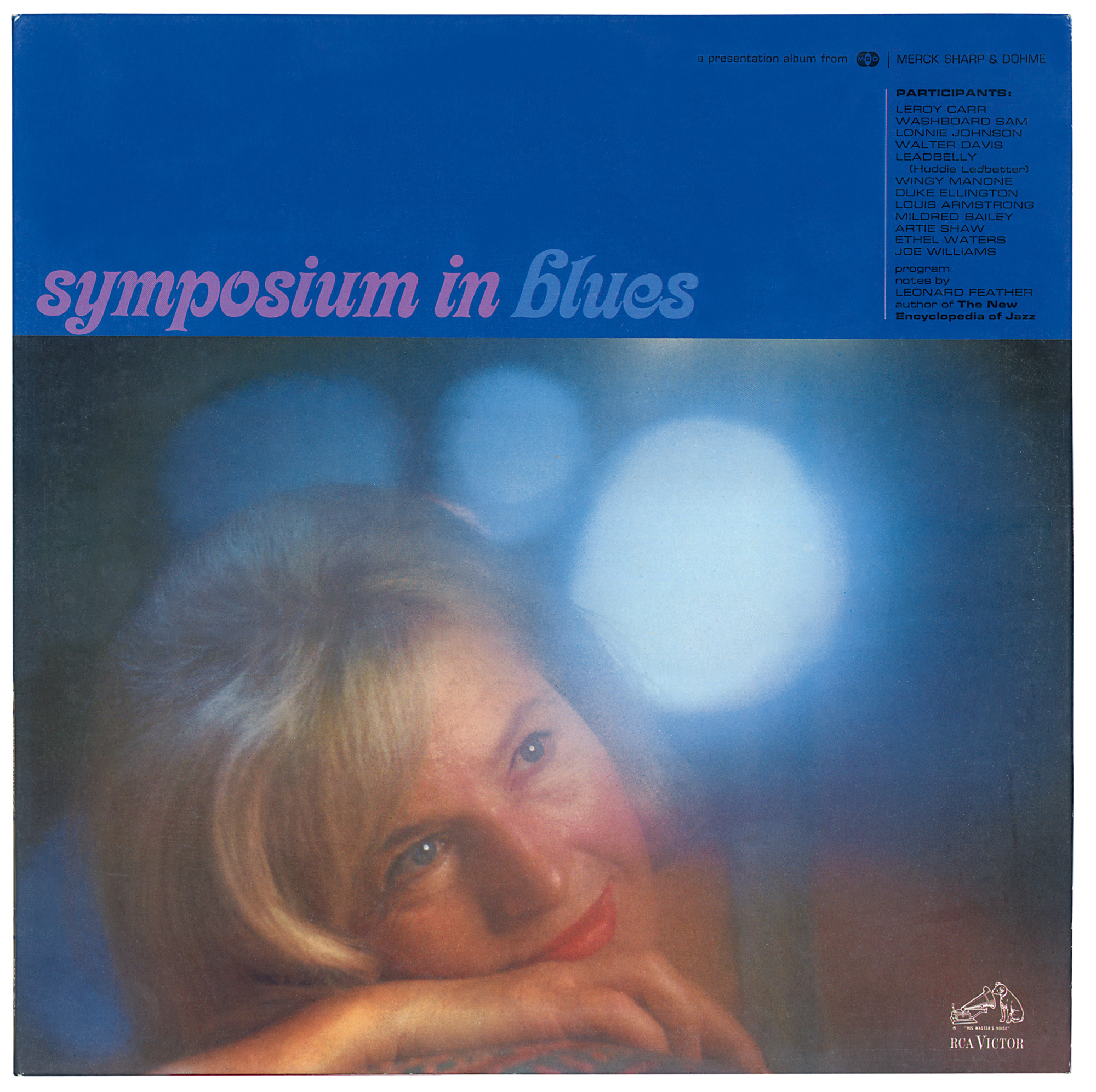Blue Notes
Selling the siren song of the medicine cabinet
Brian Dillon

The modern medical approach to depression owes more than is commonly admitted to the psychiatric models established in the late nineteenth century and, in particular, to the writings of Emile Kraepelin, the German physician who first named and limned the major categories of mental affliction. Kraepelin’s singular innovation was to have mapped the constellations of symptoms at work in melancholia, manic depression, and schizophrenia without the obfuscating recourse to underlying explanations—for Kraepelin, the symptoms essentially were the illness. Consequently, treatment was largely a matter of what appeared to work rather than deliberate targeting of specific neurochemical processes. In the first half of the twentieth century, variations on shock therapy were canvassed, beginning with the potentially lethal induction of seizures with camphor and the scarcely less fraught recourse to insulin coma therapy. In 1938, the Italian neurologist Ugo Cerletti replaced the drugs with electricity, thus ushering in one of the most troubling images in the popular conception of psychiatric treatment: the crackling, bug-eyed horror of electroconvulsive therapy. This was also the era in which Walter Freeman, a neurologist who lacked basic surgical training, was liberally performing prefrontal lobotomies using a household ice pick on melancholics and manic depressives, among others.
In the immediate postwar period, pharmacology promised several advances on these techniques, and the prospect of a chemical “magic bullet” aimed at each specific illness seems to have gripped the psychiatric profession with a quasi-religious fervor. The earliest tranquilizers—phenothiazine was among the first, isolated by French researchers in 1948—targeted in particular one of the depressive’s most besetting symptoms: the anxiety with which he or she often first presented to a physician. In the US, a now-familiar array of assuasive remedies was marketed directly to doctors, and later to patients themselves; among those that swiftly took hold of the medical imagination and public mind alike were Miltown, Valium, and Librium. The specific hope floated for family doctors was that depression would no longer entail hospital treatment, long-term institutionalization, and consequent stigma, but would instead become a disease readily treatable at home or in a doctor’s office. By the 1960s, such drugs had been joined in the arsenal of the general practitioner by the first waves of antidepressants: the monoamine oxidase inhibitors such as iproniazid, and the tricyclics, of which amitriptyline (marketed by Merck, Sharp & Dohme as Elavil) was the first commercially successful example. For the pharmaceutical corporations, however, there remained a problem. American physicians seemed not yet to have grasped that many of their anxious patients (to whom they now routinely prescribed tranquilizers) were also depressed and required treatment with the new generation of antidepressants.